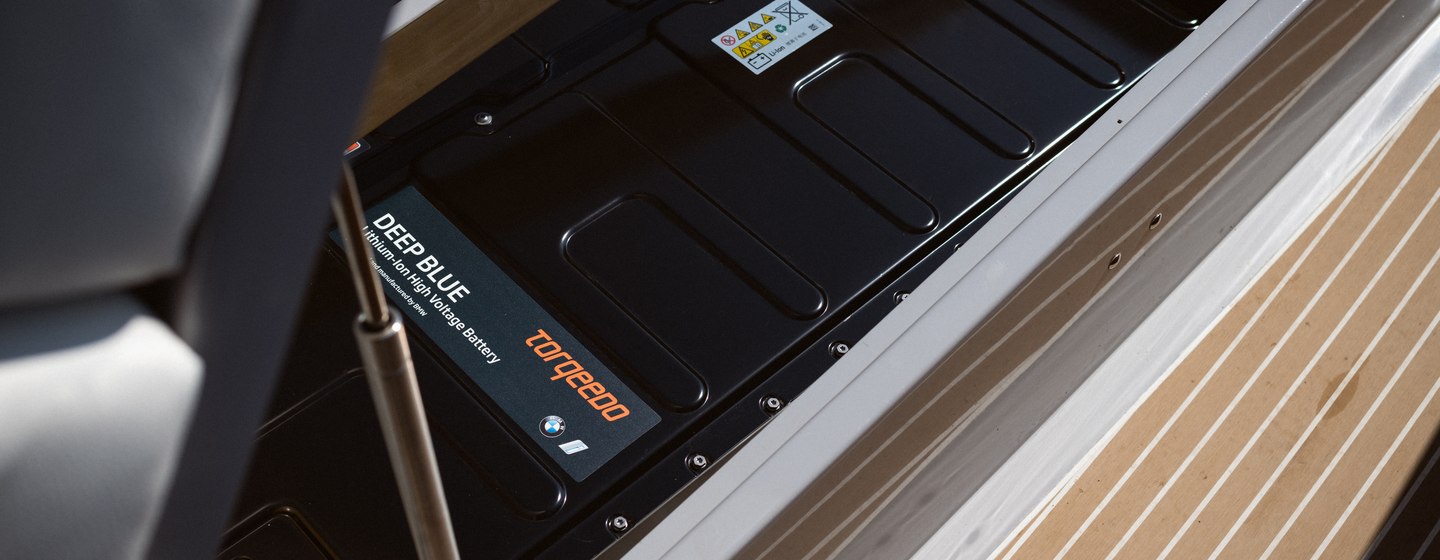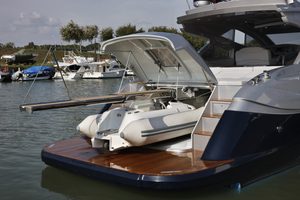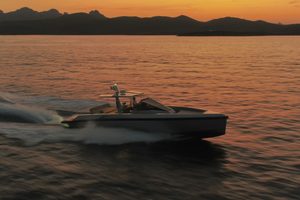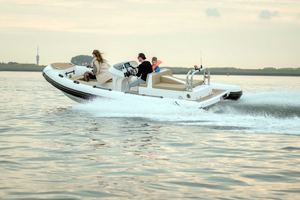In this article, we explore their benefits, industry innovations, and why they are fast becoming the preferred choice for environmentally conscious yacht owners.
The Current Craze
Electric tenders are redefining the world of yachting, offering an eco-friendly and sophisticated approach to auxiliary watercraft. These vessels combine clean, cutting-edge propulsion technology with clever design, providing yacht owners with a quieter, cleaner, and more efficient means of crew and guest transport.
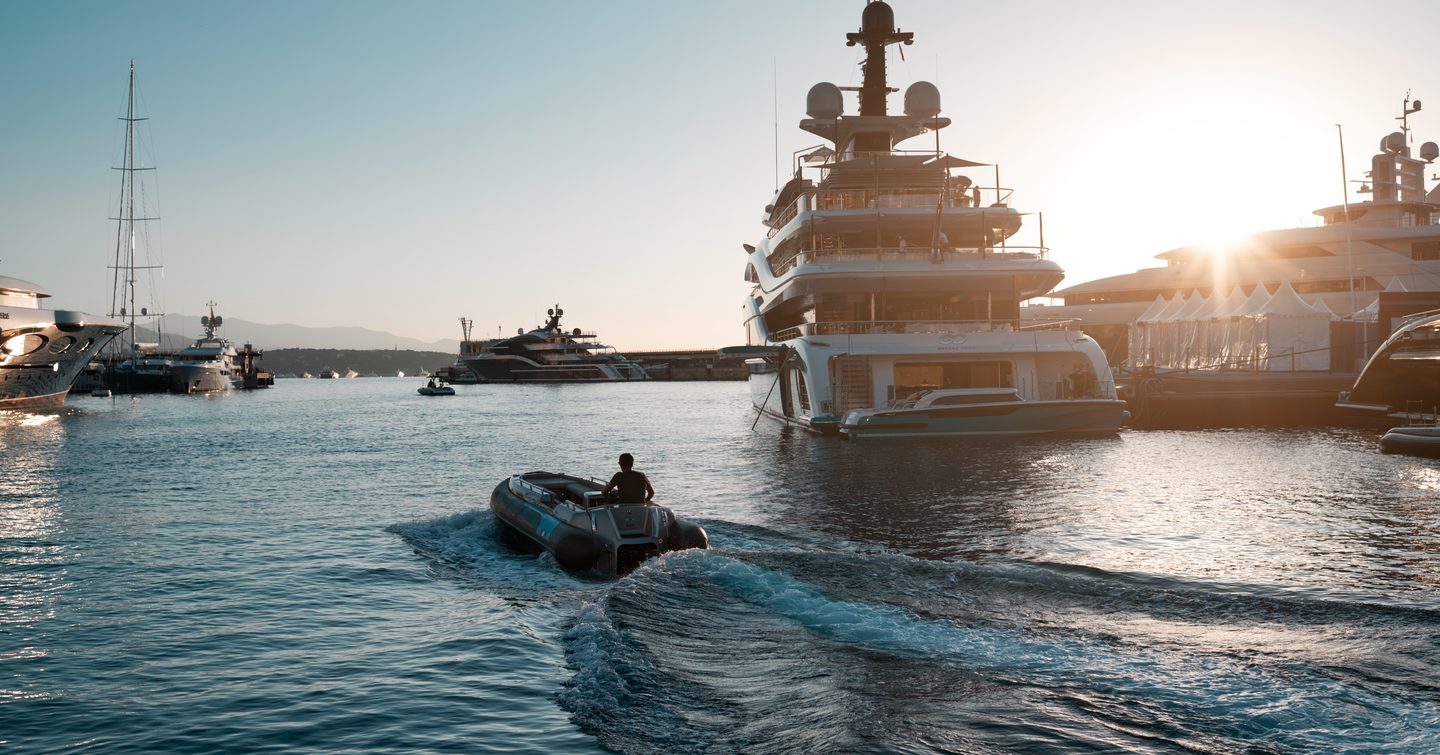
As you have probably already guessed, electric tenders are equipped with battery-powered propulsion systems as an environmentally friendly alternative to their fossil fuel-powered counterparts. At present, major manufacturers are jumping on the all-electric bandwagon, meaning the technology is at the forefront of yachting innovation.
Tender Technology
Despite being a relatively new form of vessel propulsion, there is already an array of options on the market to enable you to harness the power of electricity. In this section, we outline some of the different drive types and systems on offer for your vessel.
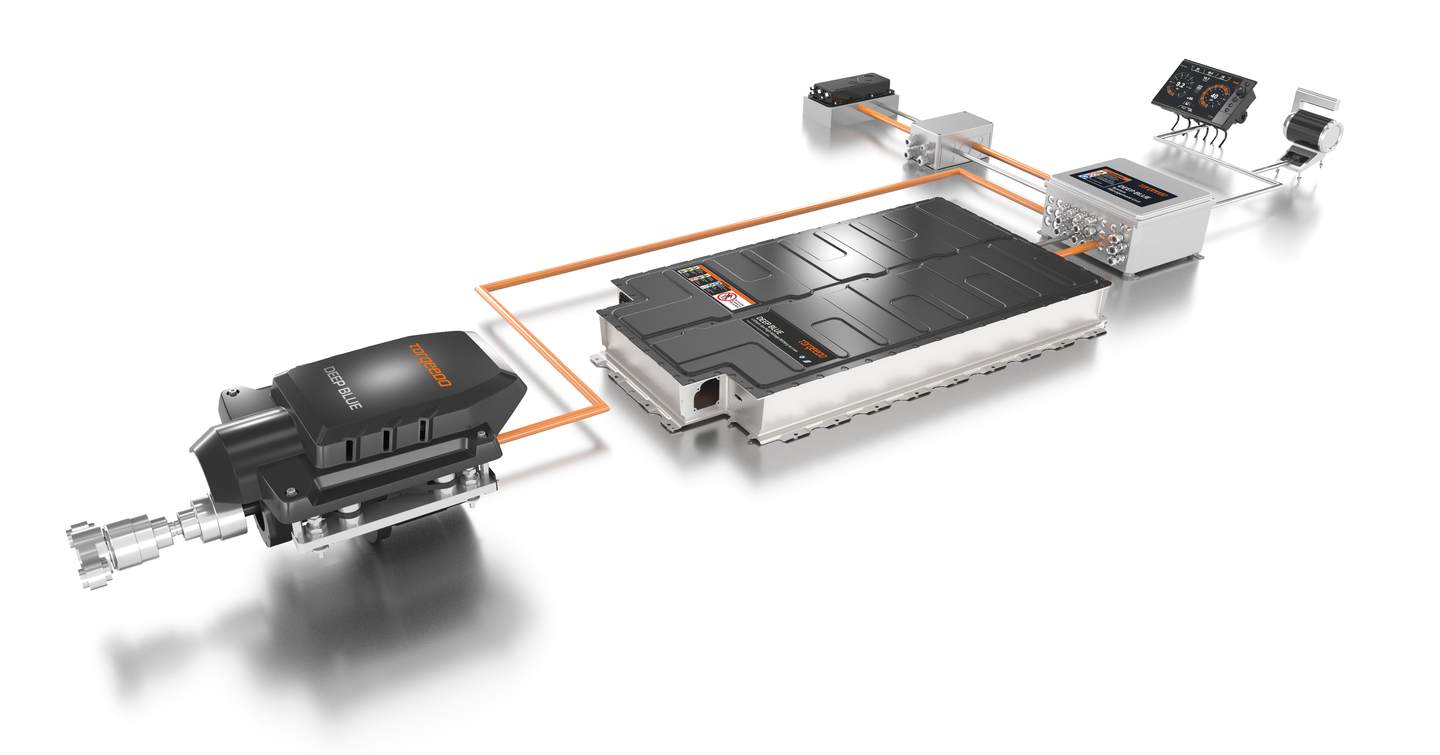
Direct Drive
In this system, the electric motor is directly connected to the propeller, maximizing efficiency and simplifying maintenance. It's an excellent choice for smaller electric tenders.
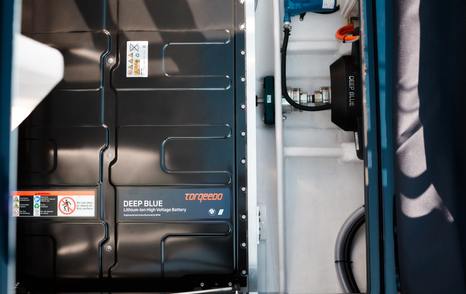
Pod Drive
Larger electric tenders may employ pod drives, which feature electric motors housed in pods that can rotate for enhanced maneuverability. These systems offer excellent control and efficiency.

Hybrid Systems
Some electric tenders incorporate hybrid propulsion, combining electric motors with a small internal combustion engine or a generator. This hybrid setup can extend the range by charging the batteries while underway.
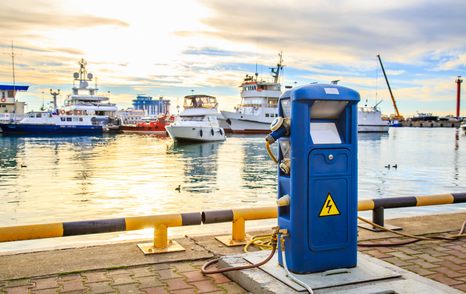
Taking Control
Electric tenders often feature advanced control systems that allow for precise maneuvering, even in tight spaces. These systems may include joystick controls - such as the Volvo Penta IPS (Inboard Performance System) and integrated navigation aids. Conventional steering wheels and throttle controls can also be used to maneuver your electric vessel.
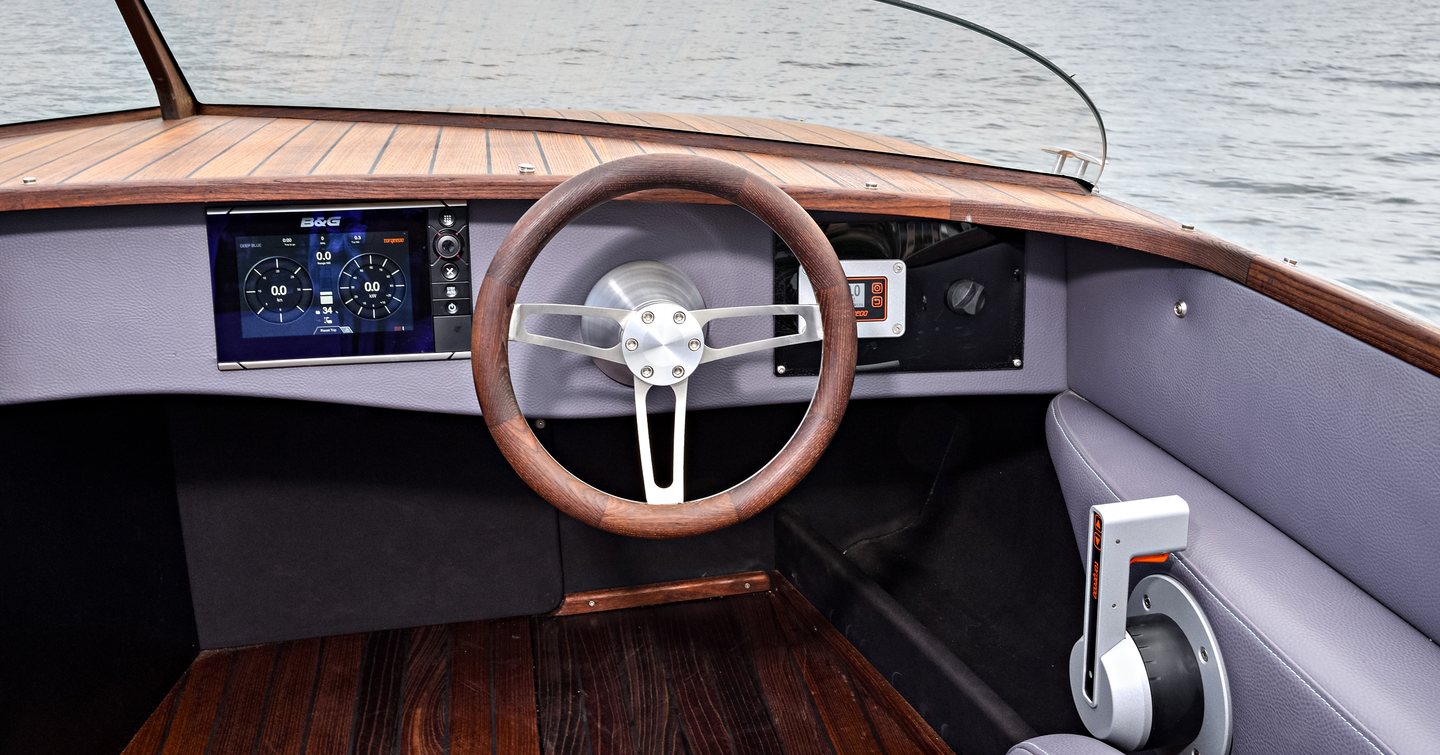
Power Up
Gone are the days of having to sit in a port or shipyard waiting to refuel. Your clean, green machine now only requires plugging in to enable operation.
Electric tenders can be charged at designated charging stations located at marinas, ports, and docking facilities. These charging stations are equipped with the necessary infrastructure to provide electrical power to recharge your electric vessel. Additionally, some electric vessels may have onboard charging capabilities, allowing them to be charged using standard electrical outlets when docked.
It's essential for owners and operators of electric tenders to plan their routes and stops to ensure access to suitable charging facilities.
Why Would I Buy an Electric Tender?
- High Torque: Electric motors offer instant torque, ensuring quick and responsive acceleration, ideal for tender applications where maneuverability is crucial.
- Silent Operation: These motors operate virtually silently, enhancing onboard tranquility and reducing noise pollution in marine environments.
- Zero Emissions: Electric motors produce zero emissions, making them environmentally friendly and compliant with increasingly stringent emissions regulations.
- Battery Compatibility: Electric motors are paired with advanced battery technology, often lithium-ion, to store and supply energy. These batteries can be tailored to meet the specific needs of the tender, providing the required range and performance levels.
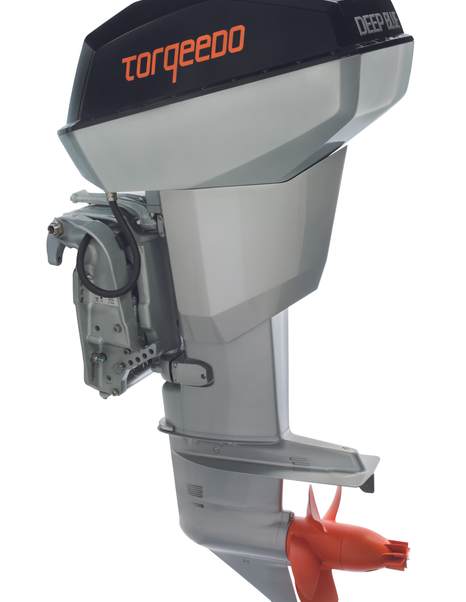
Decisions, Decisions
While electric tenders cost more than combustion engine alternatives of a similar size or design, they do still offer a wide range of benefits for owners.
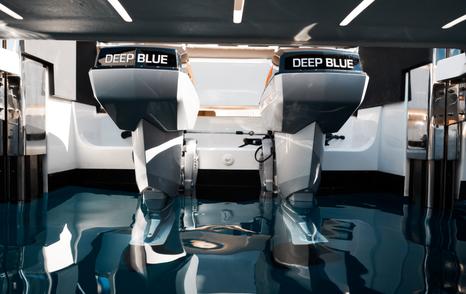
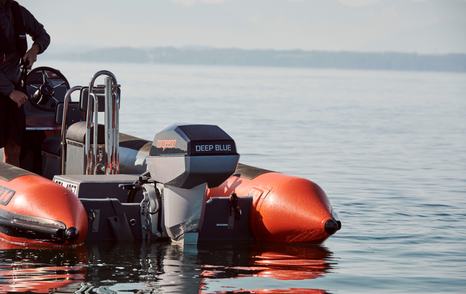
Things to Consider:
Pros
- Zero-emission operation
- Quiet cruising
- Can be charged onboard
Cons
- Charging point required onboard or at port
- Often more expensive than similar conventional tenders
- Limited range
Who Makes Electric Tenders?
Candela, Lanéva, X-Shore, Hodgdon, Zin Boats, DutchCraft, SAY, Navier, and more.
